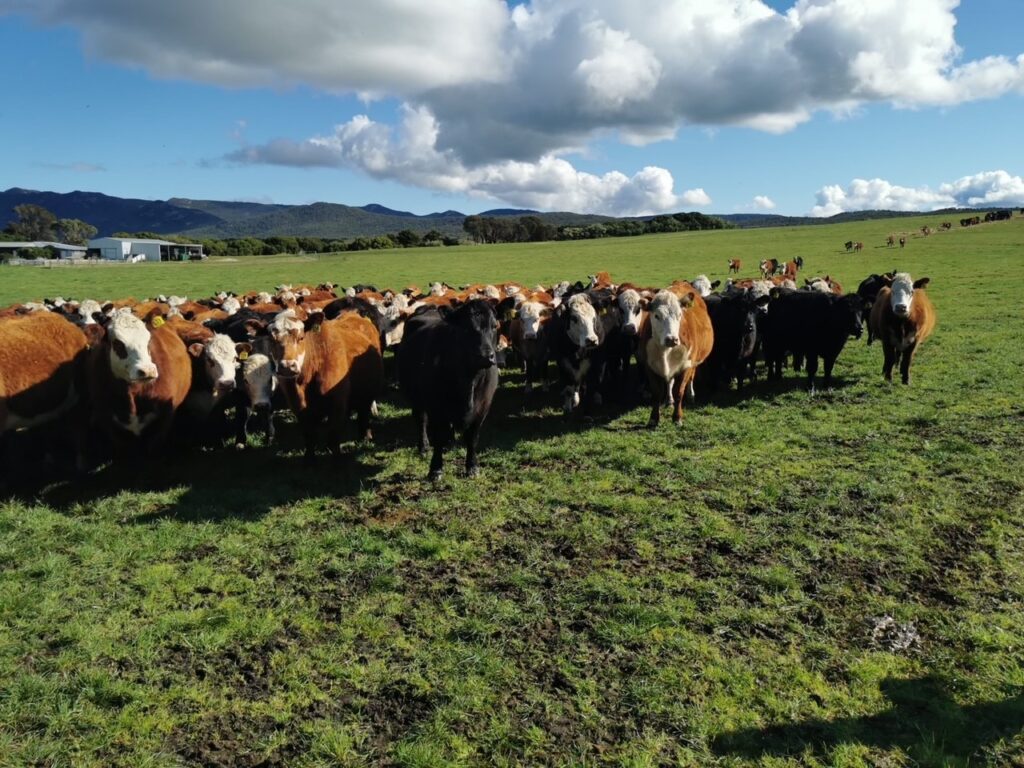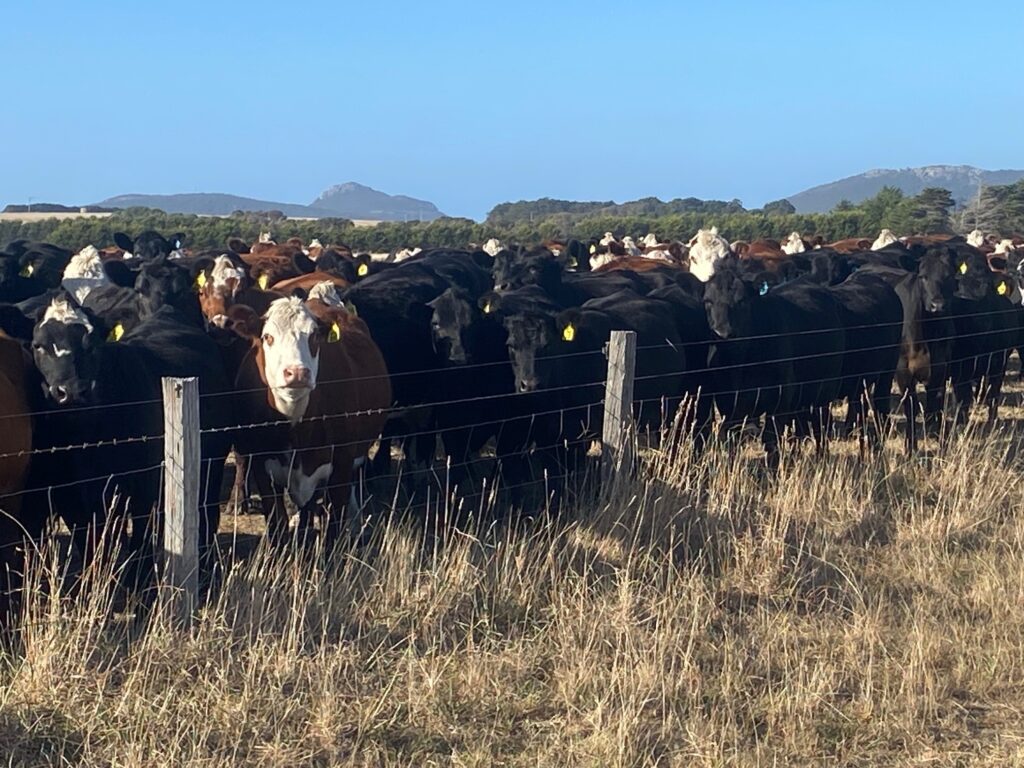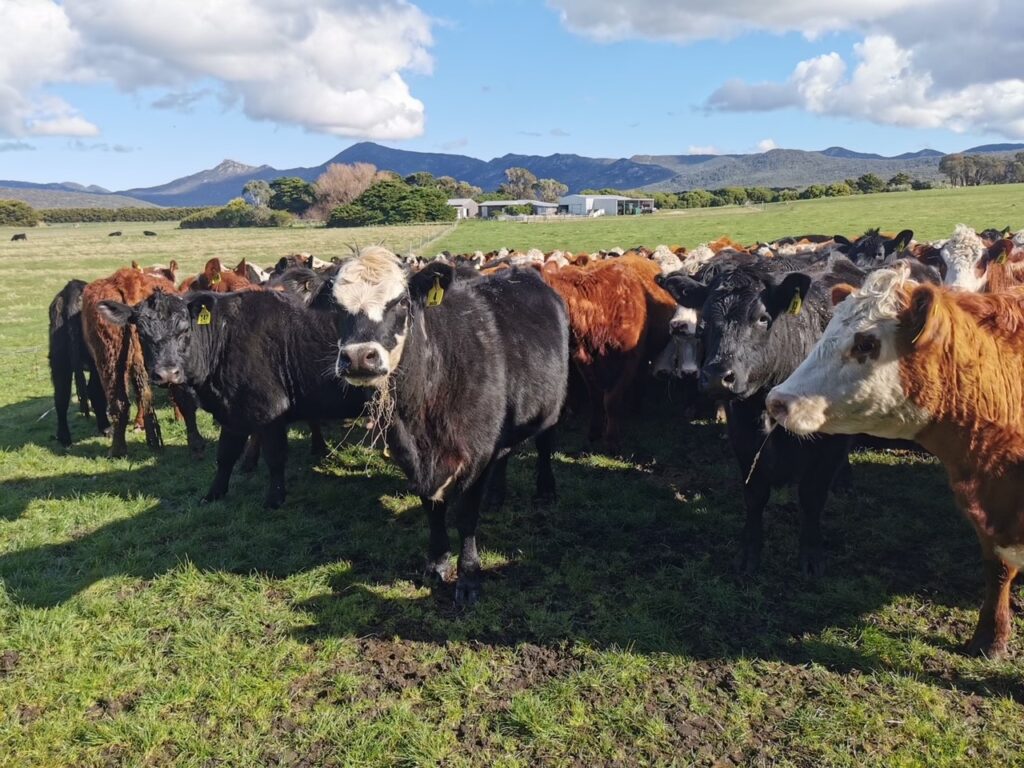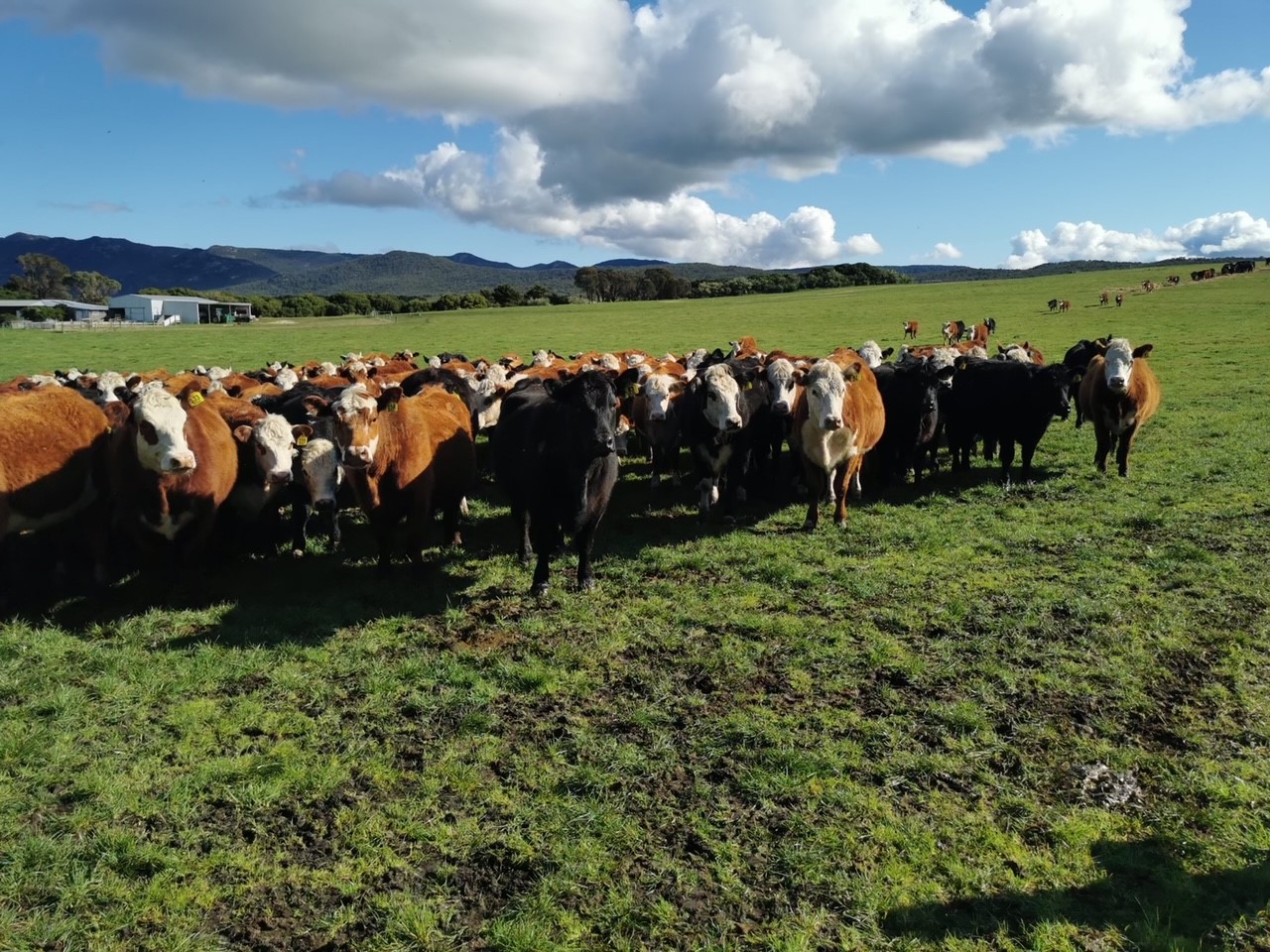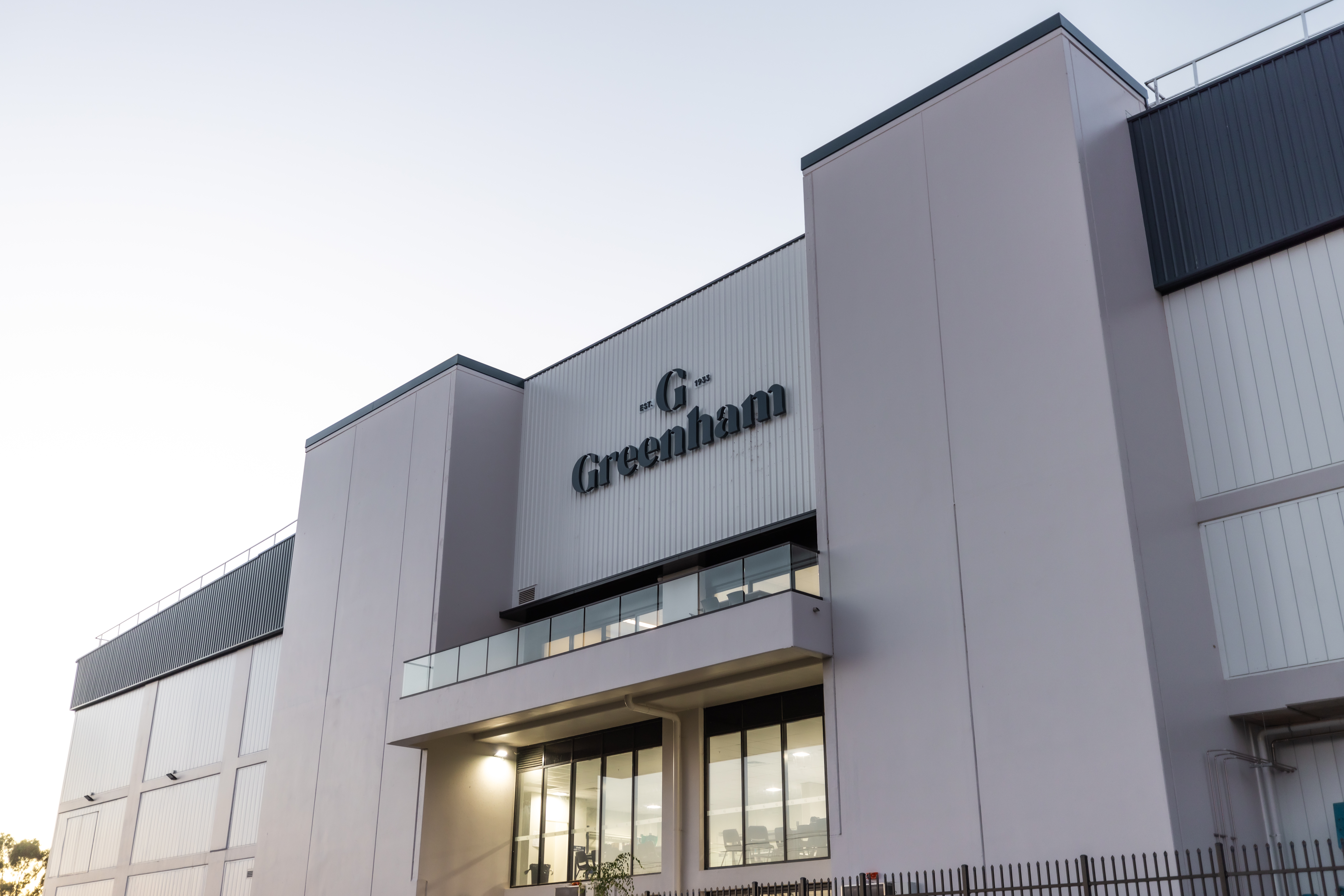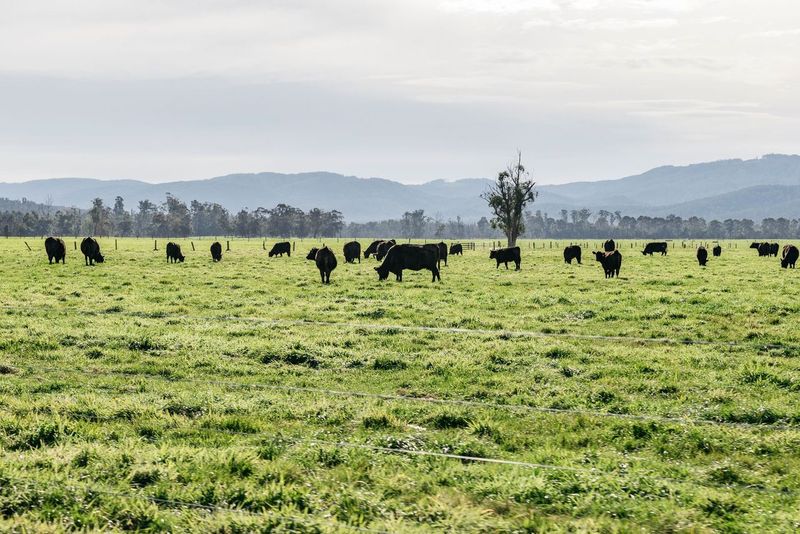What started as an ethical decision to use pain relief during routine husbandry procedures, has also delivered a raft of productivity and market access benefits for fourth generation cattle producer, Kate Klug.
After the Flinders Island family operation – including Kate, her mum June and sister Jo – saw the firsthand benefits of using pain relief for lamb marking in 2020, they extended the practice to calf castration.
“We found calves were up and back drinking from mum much quicker. We also felt it was an important step in the right direction for the industry on the whole,” Kate said.
“Beyond the immediate on-farm benefits, the customer is wanting to know that we are putting animal welfare at the top of our list, and using pain relief means we can confidently say we 100% care and are doing the best we can to ensure our cattle are happy and healthy.”
“Meeting pain relief requirements for programs like the Greenham NEVER EVER Beef Program, gives our beef access to premium markets and attracts a financial premium.”
Kate said pain relief had also been beneficial in supporting sick cows or cows who had experienced difficult births.
“If they’ve had an infection and are on antibiotics or had a rough birth, administering pain relief has been
a big help in getting them up and eating, quicker,” she said.
Kate’s top tips for using pain relief:
• Make sure you record pain relief product use, including procedure date, batch numbers and expiry dates.
• Talk to your local vet about your options e.g., injectable, or oral pain relief products. Select the most affordable and effective option that suits your business.
• Put yourself in the animal’s shoes. We need to implement new ways to optimise animal welfare, fulfill our ethical obligations and meet customer demand.
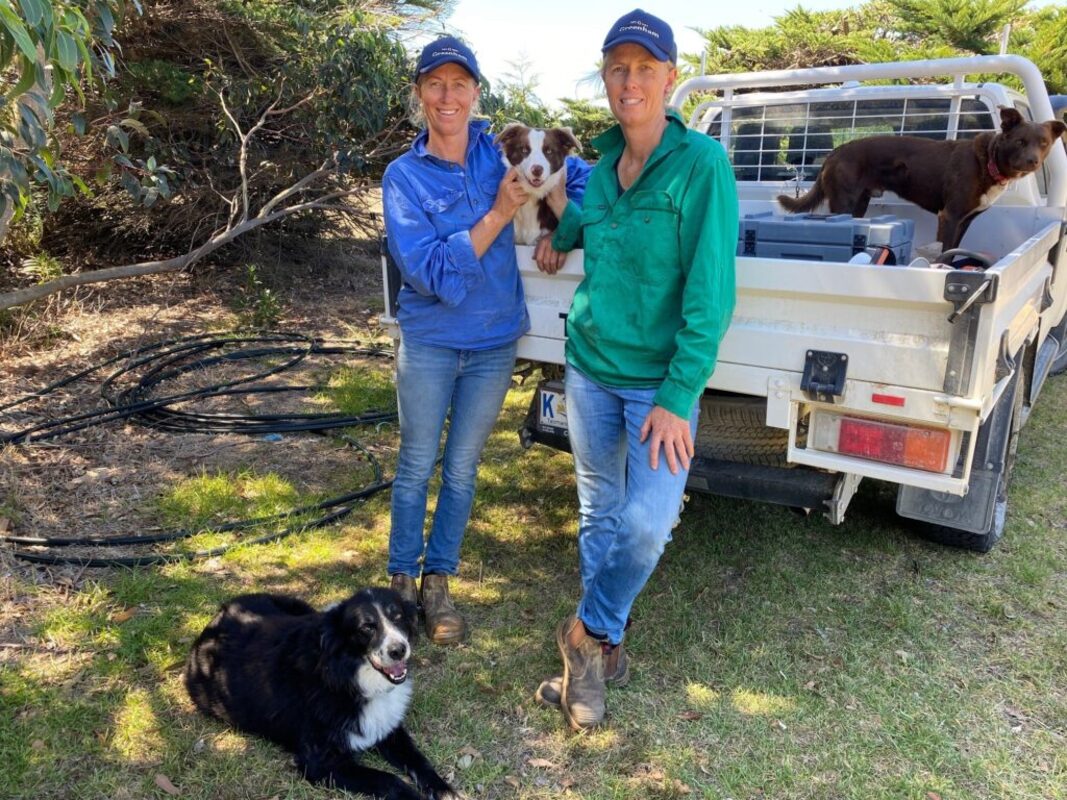
Choosing the right pain relief product
After discussions with their local vet, Metacam was chosen as the Klug’s pain relief product for castration.
“We source our Metacam from our vet, which costs roughly $3.55/unit,” Kate said.
“We didn’t need to do any additional training to administer Metacam as we were already able to administer injectable health products, so it was quick to get a system in place.
“The little bit of extra time it takes to administer the medication is well worth it when the calves are out of pain and back up and drinking sooner.”
Greenham Animal Welfare & Dairy Beef Manager, Dr Sarah Bolton said registered animal medicines for pain relief are either local anaesthetics or non-steroidal anti-inflammatory drugs
(NSAIDs).
“Local anaesthetics are intended to provide immediate relief during painful procedures and for a short time afterwards, whereas NSAIDs are intended as slightly longer-term analgesics,” she said.
“NSAIDs can be administered by injection, or into the cheek cavity via the mouth (buccal administration), which allows absorption into the bloodstream without needing the animal to swallow. Local anaesthetics can be administered either topically (e.g., Tri-Solfen) or via injection.
“Different procedures and animals may require different medications and applications.
“Best practice recommends using a combination of local anaesthetics and NSAIDs to achieve the highest level of pain mitigation.”
The following is a list of common products that carry pain relief claims for cattle:
• Tri-Solfen (Bayer Australia) -local anaesthetic (topical)
• Illium Buccalgesic OTM (Troy Laboratories, meloxicam) –NSAID
• Metacam® 20 (Boehringer Ingelheim) – NSAID
• Butec OTM (Troy Laboratories, meloxicam) – NSAID (oral)
Alternative husbandry practices
The Klug’s also select for polled genetics, negating the need for painful disbudding procedures.
“For us it’s about stepping back and looking at where we can make things more bearable and humane, and then implementing strategies to mitigate pain where possible,” Kate said.
Dr Bolton said polled gene selection is an important step for the industry to cease the painful practice of dehorning cattle.
“Currently 73% of registered Australian cattle are polled, according to the Australian Beef Sustainability Framework,” she said.
“Prioritising polled genetics decreases dehorning and improves the overall welfare of the herd.”
“For us it’s about stepping back and looking at where we can make things more bearable… and then implementing strategies to mitigate pain where possible.”
Kate Klug
